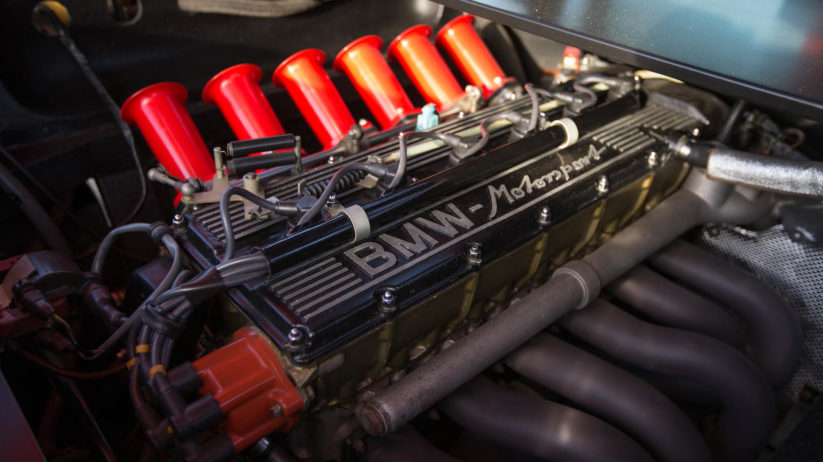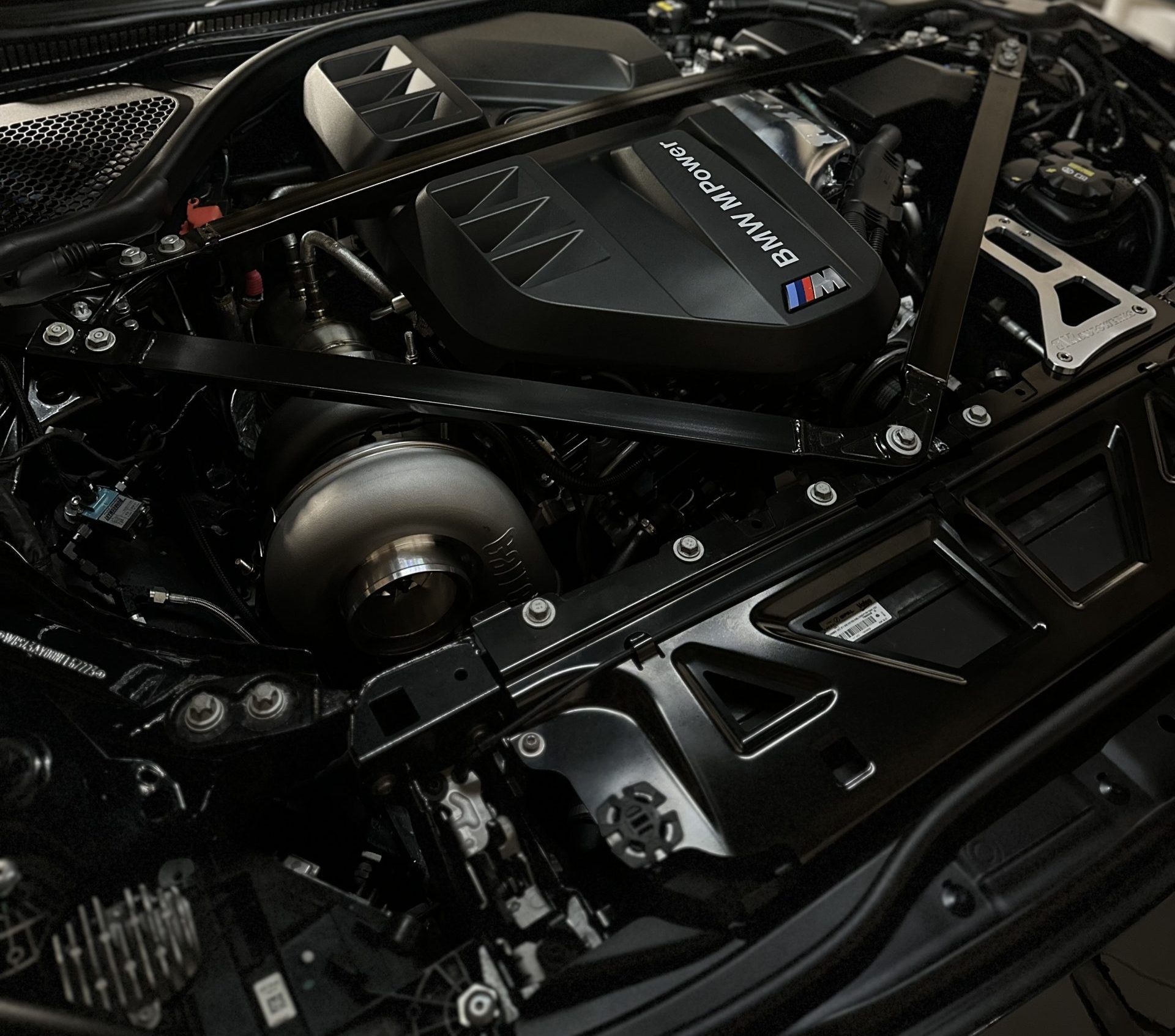Usual Problems Faced by BMW Engine Owners and Just How to Fix Them
Usual Problems Faced by BMW Engine Owners and Just How to Fix Them
Blog Article
Discovering the Evolution of Burning Engines in Modern Transportation Systems
As we browse the landscape of contemporary transport, the evolution of combustion engines stands as a testament to human resourcefulness and design prowess. From their humble beginnings to the sophisticated powerhouses moving automobiles today, combustion engines have actually gone through a remarkable trip of advancement and adaptation. Recognizing the intricacies of this advancement not only drops light on the past however additionally leads the way for envisioning what exists in advance in the realm of transportation modern technology. The interplay of background, technology, and environmental concerns in forming the trajectory of burning engines creates a narrative that is both informative and engaging.
Very Early Beginnings of Combustion Engines
Exactly how did the idea of burning engines initial arise in the beginning of transportation advancement? When the concepts of interior combustion were first explored, the roots of combustion engines can be mapped back to the 17th century. In 1673, Christian Huygens conceptualized a standard interior burning engine that used gunpowder to produce power. It wasn't until the late 19th century that sensible applications of burning engines in transport began to emerge.
The development moment featured the creation of the very first successful gasoline-powered engine by Karl Benz in 1885 - bmw engine. This engine paved the way for the development of the modern-day auto, changing transportation systems worldwide. Subsequent innovations by Nikolaus Otto and Gottlieb Daimler even more refined burning engine innovation, bring about the automation of autos and the quick expansion of the transportation industry
These very early burning engines were identified by their simplicity and performance, laying the structure for the complicated and powerful engines utilized in modern transport systems. The evolution of combustion engines has been instrumental in forming the way we travel and transfer products, marking a considerable turning point in the history of transportation development.
Change to Internal Combustion Modern Technology
The transition to interior burning modern technology marked a pivotal shift in the development of transportation systems. This shift began in the late 19th century, with inventors like Nikolaus Otto and Gottlieb Daimler developing the initial effective interior combustion engines. These engines transformed transport by offering a much more powerful and efficient choice to heavy steam engines and electrical motors.
Among the essential advantages of internal burning engines was their ability to be reduced to match lorries, leading to the advancement of motorbikes and automobiles. This shift from cumbersome, stationary engines to small, mobile ones led the way for the contemporary transport systems we see today.
The transition to internal burning innovation also spurred advancements in gas modern technology, causing the growth of gasoline and diesel as main fuel sources for automobiles. This shift not only made transportation a lot more available to the masses yet additionally laid the structure for the oil and gas sector to become indispensable to worldwide economic situations.
Impact of Combustion Engines on Transportation
The adoption of burning engines in transport systems catalyzed an extensive change in the performance and speed of worldwide wheelchair. Burning engines transformed transportation by providing a reliable and flexible source of power for different automobiles, including cars, airplanes, ships, and vehicles. This technology significantly improved the capability for individuals and goods to conform fars away in shorter timespan, leading to increased connectivity between regions and countries.
In addition, the prevalent usage of burning engines has had a substantial effect on economic advancement. The ability to carry products effectively has stimulated trade and business, permitting organizations to increase their markets and reach consumers worldwide. This has helped with economic growth and globalization, as items can now be transported much faster and in bigger amounts than ever.
However, the ecological influence of burning engines can not be forgotten. The burning of fossil gas has actually led to air contamination and greenhouse gas discharges, adding to environment change and positioning health and wellness risks to populations. bmw engine. As a result, there is an expanding focus on developing alternate propulsion innovations to reduce these negative results and develop a much more lasting future for transport
Innovations in Combustion Engine Design
Numerous improvements in burning engine style her explanation have moved the evolution of transport systems over the years. One significant development is the growth of turbocharged engines, which make use of exhaust gases to drive a generator that presses incoming air, permitting more gas to be scorched, causing raised power output without a substantial increase in engine dimension. In addition, straight injection technology has actually improved gas effectiveness and efficiency by exactly managing the quantity and timing of fuel injected right into the combustion chamber. Variable valve timing systems have actually additionally revolutionized engine style by optimizing air flow at different engine rates, improving both power and performance. One more considerable innovation is the integration of lightweight materials such as carbon fiber and aluminum alloys, decreasing overall engine weight and boosting automobile fuel economic climate. Advancements in computer-aided style have actually allowed designers to maximize engine efficiency and efficiency via simulations prior to physical models are developed, conserving time and resources in the advancement procedure. These technologies collectively contribute to the continual enhancement of burning engines in modern-day transportation systems.
Future Trends in Burning Engine Growth
With modern technology innovations driving continual innovation, the future of combustion engine advancement is positioned to change transport systems globally. One of the key patterns in combustion engine advancement is the press towards better efficiency and reduced exhausts.
Another prominent trend is the fostering of hybrid innovations in burning engines. Hybrid engines combine typical burning modern technology with electric power, offering improved gas efficiency and reduced emissions. As the auto sector shifts towards electrification, hybrid burning engines are viewed as a transitional option that connects the gap between standard automobiles and completely electric ones.
In addition, the integration of clever modern technologies, such as expert system and information analytics, is expected to play a significant role in the future of combustion engine development. These innovations can optimize engine performance in real-time, leading to much more effective burning procedures and boosted general automobile performance. Welcoming these future patterns will not just drive innovation in burning engine growth yet also add to a much more eco pleasant and lasting transportation ecosystem.

Verdict
In final thought, the development of burning engines in contemporary transport systems has been noted by considerable innovations in innovation and layout. From the early starts of burning engines to the shift to inner burning modern technology, these engines have had a profound influence on transport.
The roots of burning engines can be mapped back to the 17th century when the concepts of internal burning were initial checked out. These engines transformed transportation by supplying an extra effective and efficient option to steam engines and electric motors.

Report this page